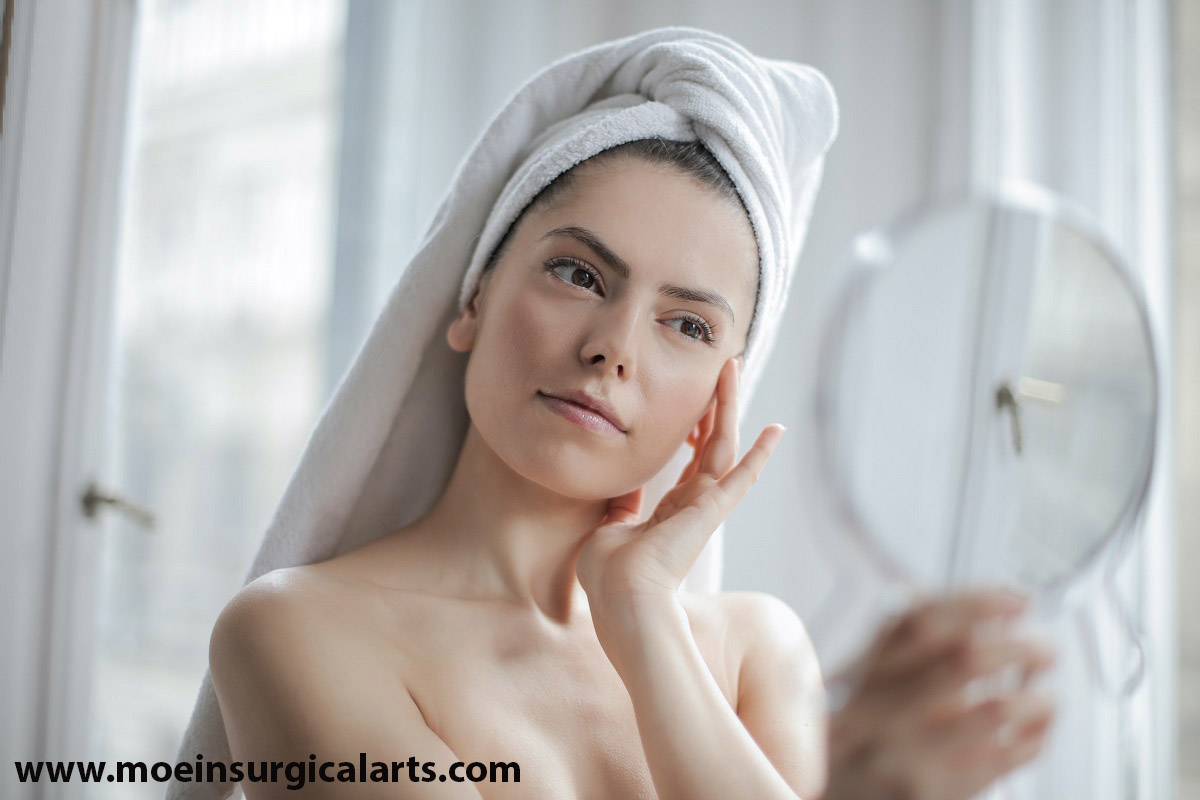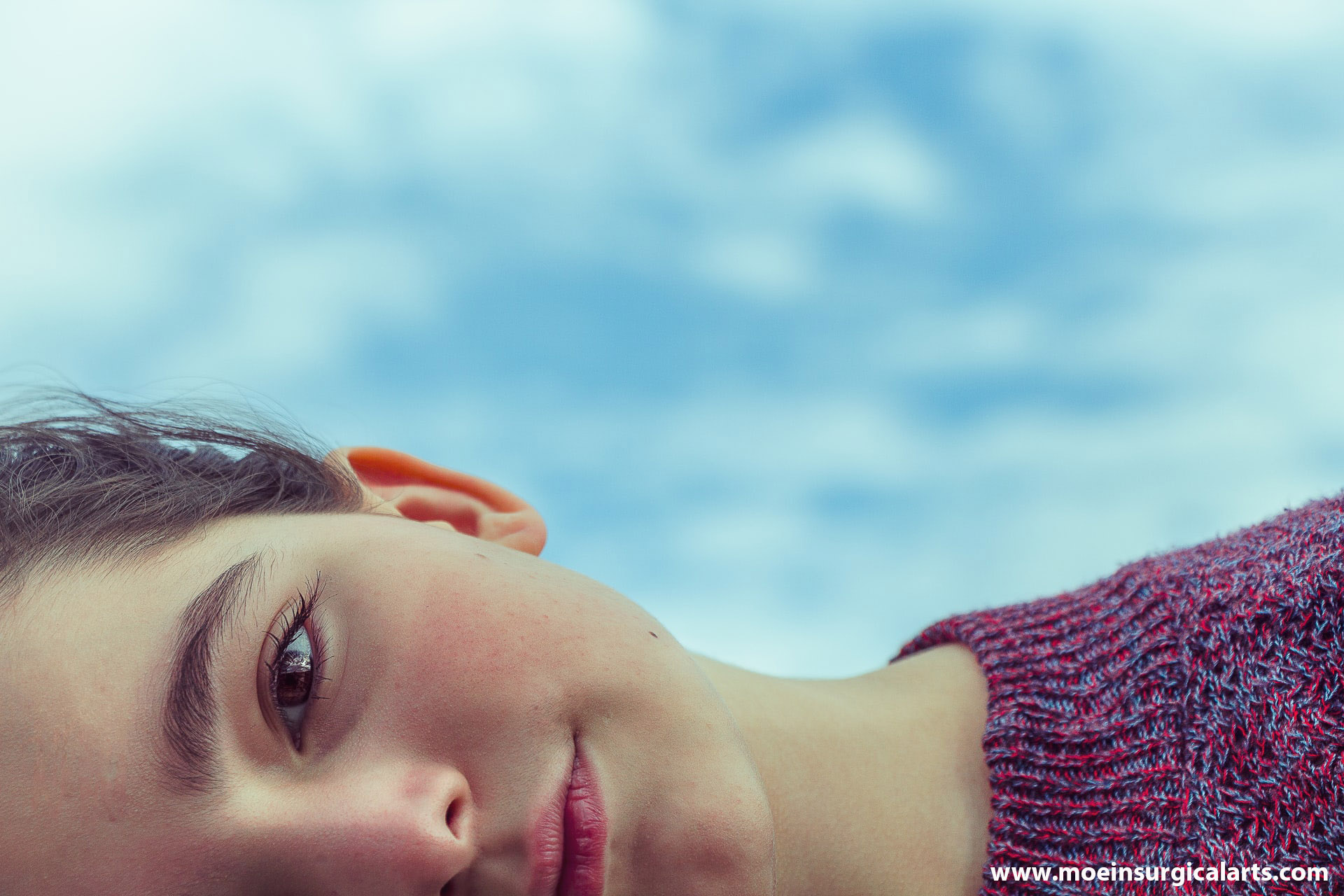Aging will one day visit us all.
When that happens, your age will begin to show on your face, and particularly
on your neck. Your arms and thighs may begin to sag, and your belly may become mushier than you would like.
Innovations in cosmetic surgery have now made it possible to turn back the years with cutting-edge skin rejuvenation. One technology that is proving popular with aesthetic surgery patients everywhere is Renuvion. Otherwise known as J-Plasma, this new skin-tightening technology can make you look years younger while giving your face and any other treatment areas a youthful glow.
In years past, laser cosmetic surgery was the technology everyone hailed as the latest skin-rejuvenating wonder. So, let us compare the two.
The following pits Renuvion against lasers to determine which one is most successful and cost-effective at giving you age-defying skin.
What is Renuvion Skin Tightening or J-Plasma?
J-Plasma is an amazing technology straight out of a sci-fi movie. Scientists figured out that if you take radiofrequency energy and pass through it a concentrated stream of helium energy, helium plasma energy results. Often described as the fourth state of matter (following liquid, solid, and gas), the helium plasma emitted by the hand-held Renuvion device heats up your skin and the underlying tissue.
As the stream of J-Plasma is emitted to the treatment area by your cosmetic surgeon, the tissue becomes heated under the energy stream, yet the surrounding tissues are left undisturbed. This precision of the targeted area allows your surgeon to get to smaller, hard-to-reach areas like the regions around the eyes and those around the cheeks and jowls.

As the skin heats up, a tightening effect takes place, which erases fine lines and wrinkles and gives your favorite features a taut appearance. J-Plasma simultaneously exfoliates, removes imperfections, and stimulates new skin growth. When the Renuvion device is used on the lower layers of skin, the result is the production of fresh collagen-rich tissue, which gives the skin a lighter, more youthful tone.
How is Renuvion SkinTightening Different Than Laser Resurfacing Treatments?
Laser resurfacing, or CO2 fractional skin resurfacing, used to be the go-to procedure for issues like skin discoloration, minor facial wrinkles, fine lines, and scars, and the procedure is still in use today.
Like Renuvion, lasers heat the tissues in the treatment area, which creates the intended tightening effect.
The biggest difference between the two is the precision that is allowed by the Renuvion hand-held applicator. Lasers are used to treat general areas, and the outer layers of skin could be affected. Renuvion is far more precise. Not to mention, the new and amazing technology is associated with faster recovery times when compared to similar laser treatments.
The Battle: J-Plasma Over Laser Cosmetics
Now that you know more about J-Plasma and laser cosmetics technology let us weigh one procedure against the other.
Are You a Good Candidate?
Non-surgical rejuvenation options offer incredible results thanks to advancements in science, medicine, and technology. Research and extensive testing have shown that non-surgical options like dermal fillers offer a number of benefits.
You are considered a good candidate for Renuvion or laser cosmetics if you are in good general health and have realistic outcomes for the results. The first step is to schedule an appointment with a qualified cosmetic surgeon. Even though Renuvion is considered a non-surgical procedure in nature, a cosmetic surgeon has the expertise to apply both Renuvion and lasers to achieve the intended youth-defying effects.
A cosmetic surgeon will require a consultation before you can be allowed to schedule for Renuvion or lasers for the sake of your health and safety.
What Can J-Plasma and Lasers Be Used to Correct?

We can use renuvion to correct the following skin defects.
- Minor acne scars
- Moderate signs of aging (fine lines and mild wrinkles)
- Moderate sun damage (dark spots, pigment changes, and freckles)
- Crow’s feet around the eyes
- Fine lines around the mouth
- Moderate signs of loose skin on the body
We can also use J-Plasma on the following:
- Abdomen
- Arms
- Back
- Bra area
- Buttocks
- Chest
- Thighs (helps with cellulite!)
- Flanks
- Knees
Lasers can be used on the same parts of the body, but there is a major difference.
The CO2 lasers used in cosmetic surgery ablate or heat up the tissues on and around the treatment area. The lasers target water in the soft tissue, vaporizing it, and removing it entirely.
Renuvion works differently. The stream of energy heats the tissues without vaporization taking place. This helps to channel the heat-induced injury to the necessary depths to stimulate the most collagen production. This is where the amazing acne and scar-fighting effects take place.
Lasers are also safer on lighter-toned skin. J-Plasma, on the other hand, can be used safely on both light and dark skin.
Are There Risks to J-Plasma and Laser Technology?
There are risks to all procedures, including non-surgical procedures like Renuvion.
With Renuvion, complications are rare. You could experience unintended burns (either deep ones or superficial ones), visible scarring, permanent nerve injury, pain, and unacceptable cosmetic results, to name a few. Choosing a skilled and experienced cosmetic surgeon can further decrease your chances of experiencing any negative side effects of the skin-rejuvenating technique.
With laser cosmetics, you risk infection and swelling in the treatment area. Remember, lasers completely remove the outer layer of skin. This means it is critical that you follow post-operative care instructions as provided by your cosmetic surgeon. Use bacterial soap and try not to touch the treatment area, keeping it covered and treated adequately to reduce infection risks and reduce discomfort and swelling.
With lasers, an adult should remain by your side or at least within calling range for the first 24 hours after surgery. You should restrict activities on the day of surgery and for several days afterward.
As you can see, the downtime for lasers is much longer and more difficult than that of Renuvion.
Is There Any Downtime with Renuvion?
You may need a few days of downtime to recover after your J-Plasma treatment. This is the time your body is taking to heal from the treatments, building the most collagen where you need it most. You should be back to your normal activities after a week.

As you can see, Renuvion offers a much easier recovery period than lasers, letting you get back to your regular routine with fresher, younger skin.
How Are the Renuvion and Laser Procedures Performed?
Renuvion is performed in the surgeon’s office using local, general anesthesia.
The procedure begins with tiny incisions that are placed in areas of the body where they can easily be hidden. These incision sites act as entry points for the tip of the Renuvion device. These openings are strategically placed so that your cosmetic surgeon can access the necessary tissues under the skin around the treatment areas.
Renuvion takes around thirty minutes or less to complete, and you can go straight home after the procedure.
With ablative laser resurfacing, the cosmetic surgeon will direct the intense beam of light energy at the treatment location. The laser burns through the outer layer of skin and the underlying layer, known as the dermis and epidermis. This heating of both layers is when collagen production begins to take place, resulting in better skin texture and tone.
The entire laser procedure can take between thirty minutes and two hours, depending on the size of the treatment area and how many areas you wish to treat. You can also go home following laser surgery, but you should always have someone drive you in case you recover slowly from anesthesia.
What Results Can You Expect from J-Plasma vs. Lasers?
Whether you intend to erase fine lines or eliminate your acne scars, you should see immediate results with every Renuvion treatment. Your skin will look and feel tighter and firmer. The texture will appear more vibrant with a healthy glow.

Renuvion is amazing because it can boost your appearance for many months after leaving your cosmetic surgeon’s office. The long-term effect of the treatment is caused by Runuvion’s ability to induce collagen production. Your body restructures the treatment area over time, making it smoother and more youthful. The more time goes by, the younger you’ll look with a Renuvion treatment.
How long do the effects last? Well, the J-Plasma technology was only developed four years ago, and the original test subjects are still showing significant results. The results are predicted to last five years or longer when backed up by a healthy skincare routine.
When it comes to instant results, Renuvion beats laser resurfacing by a mile. Some aesthetic patients may see immediate results at the treatment areas, but most will not see the intended results for up to a year afterward. The results can last for years.
Of course, both treatments cannot stop the effects of aging, but Renuvion gives you instant gratification and results that keep on giving. Though the results can be long-lasting, if you are looking for immediacy, laser skin tightening may not be right for you.
How Much Does Renuvion Cost?
A single Renuvion treatment costs between $3,000 and $15,000. The amount you pay will depend on the experience level of the surgeon you choose, the location of the practice, and the extent of your skin rejuvenating treatment.
How Much is Laser Resurfacing?
Laser skin resurfacing is likely to cost just under $2,000 per treatment. This fee does not include other surgical expenses that may be associated with the procedure.
While Renuvion may be a bit more expensive, the technology is still new. The fees could decrease over time. But many patients are happy to pay the higher fees if it means less downtime and more amazing skin-healing effects!
Renuvion Skin Tightening Conclusion
Both Renuvion and laser resurfacing can give you younger-looking skin while erasing wrinkles and defects like acne scarring. The more difficult downtime and risk of complications are now pushing more cosmetic patients to try Renuvion. A single half-hour treatment could give you better, more youthful-looking skin. What are you waiting for?
Ready to Rejuvenate Your Skin with Renuvion?
Dr. Moen of Moein Surgical Arts just opened a new state-of-the-art surgical center in Los Angeles, California. Schedule your initial virtual consultation now with Dr. Moein. This video-based chat will help you determine if you are a good candidate for Renuvion or Laser technology and what you can expect from either procedure. Call (310) 694-4486 and ask how to get younger, glowing skin with the help of Dr. Moein!
Disclaimer: The FDA has not approved the use of Renuvion for cosmetic use. The FDA has approved Renuvion for coagulation of tissue only. The specific advanced use of this new technology for skin tightening still remains investigational. The off-label use of Renuvion is only suitable for specific groups of patients with minimal skin laxity. Many devices initially have a general use approval, and with time, the expanded indications are approved to popularize usage. If you are a suitable candidate for Renuvion, Dr. Moein will discuss this information with you to ensure your understanding and comprehension before opting for the Renuvion procedure.
Contact Us
